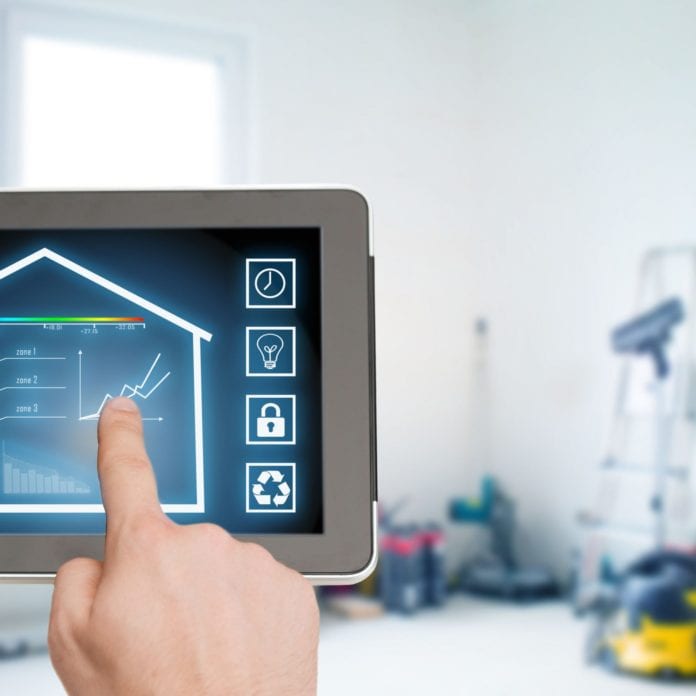Control and savings with building management systems
Building management systems are the backbone of smart buildings. They are the systems put in place to allow building owners and tenants to monitor, maintain and manage the mechanical, electrical and electromechanical functions within a structure. BMS deployment usually involves the installation of sensors, software, a network and a cloud-based data store. BMS functions include management of heating, ventilation and air conditioning systems, as well as lighting, security and safety operations. But perhaps a building management system’s biggest appeal is its proven ability to lower energy usage, and therefore, save money.

A costly problem
Companies like Johnson Controls, Trane and Honeywell make BMS systems tailored for applications in very large buildings, typically focused on HVAC system management. Unfortunately, BMS is expensive and requires specialized installation, programming and maintenance. So while operational expenditure remains low, capital expenditure costs can make returns on investment seem like a daunting task. The average cost to deploy a basic BMS is at least $2.50 per square foot and can be as high as $7.00 per square foot, equivalent to at least $250,000 for a 100,000-square-foot building. The very high cost of traditional BMS means ROI is a challenge for all but the largest buildings; often it takes at least four years to recover the cost of a BMS installation. Low ROI limits the willingness of owners to invest in BMS deployments in more than 90% of buildings. Where BMS is deployed, it is usually only to control the HVAC system in high-traffic areas in the very largest buildings, those well over 100,000-square-feet. And these buildings make up only 10% of the U.S. commercial real estate stock. Even in these buildings, BMS usually isn’t applied to low-traffic areas such as warehouses, stockrooms or garages, or to distributed equipment such as pumps, generators or parking lot lights on campuses and industrial sites, according to an Intel report titled “Affordable Building Automation System Enabled by the Internet of Things.”
An IoT solution to save money
Now, thanks to the “internet of things,” those capex costs are significantly decreased and continue to become more affordable. The IoT, with its low-powered networks and inexpensive sensors, is helping to keep smart building costs down. According to Buildings, adding IoT-based controls and monitoring to a building can cost from just $5,000 to $50,000. Intel said an IoT-based approach using wireless sensors can reduce deployment cost by around 30% when compared to a traditional BMS.

The company’s own solution, in partnership with HCL Technologies, offers a lower-cost alternative to proprietary BAS solutions. It uses low-cost wireless sensors, on-premises gateways and cloud analytics. Instrumentation involves installing an independent network of actuators and sensors – temperature and lights, for example – throughout a building, which eliminates the need to retrofit existing equipment. A centralized portal provides building managers with the analytic tools needed to increase energy efficiency and productivity through data gathering and analysis, comprehensive reports and systemwide alarm management.
“The internet of things will play heavily into the true value of smart-building systems,” said Pramod Dibble, industry analyst for the energy and environment market at Frost & Sullivan, according to TechTarget. “By having a comprehensive catalog of all objects and people contained within and around it, the building can optimize its role to suit the best purposes of its state at the time.”
A sustainable future for buildings of all sizes
As IoT devices like submetering systems continue to drop in price, traditional building management systems will lose the power they once had and be replaced by a more cost-effective approach fueled by cloud analytics and inexpensive sensors.
“By 2020, component costs will have come down to the point that connectivity will become a standard feature, even for processors costing less than $1,” said Peter Middleton, research director at Gartner. “This opens up the possibility of connecting just about anything, from the very simple to the very complex, to offer remote control, monitoring and sensing.”

